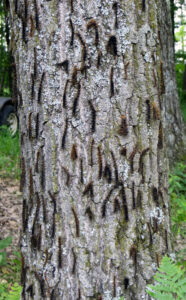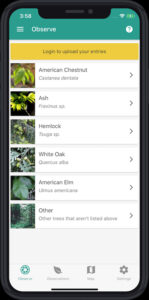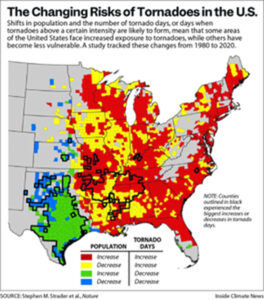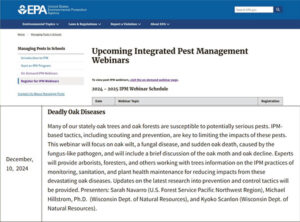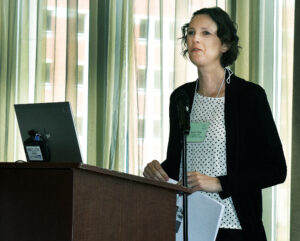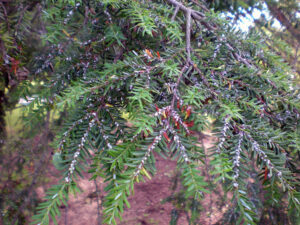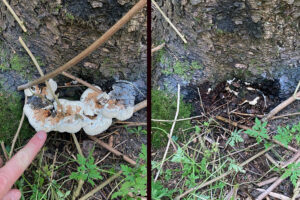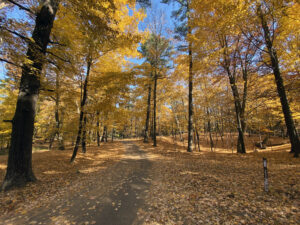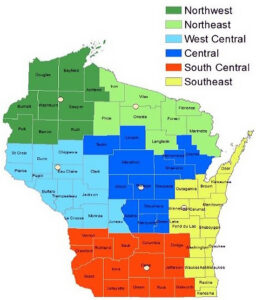
A map showing the zones of coverage for each of the six DNR Forest Health Specialists. / Graphic Credit: Wisconsin DNR
By Art Kabelowsky, DNR Outreach and Communications;
Arthur.Kabelowsky@wisconsin.gov or 608-335-0167
The Wisconsin Department of Natural Resources (DNR) has opened the search for candidates to fill two Forest Health Specialist openings, one in the West Central zone and one in the South Central zone.
The posting can be seen on the WiscJobs website. To be considered, candidates have until the posted deadline of 11:59 p.m. Monday, Jan. 6, 2025, to submit a resume and letter of qualifications.
Continue reading “DNR Recruiting For Two Forest Health Specialists”

